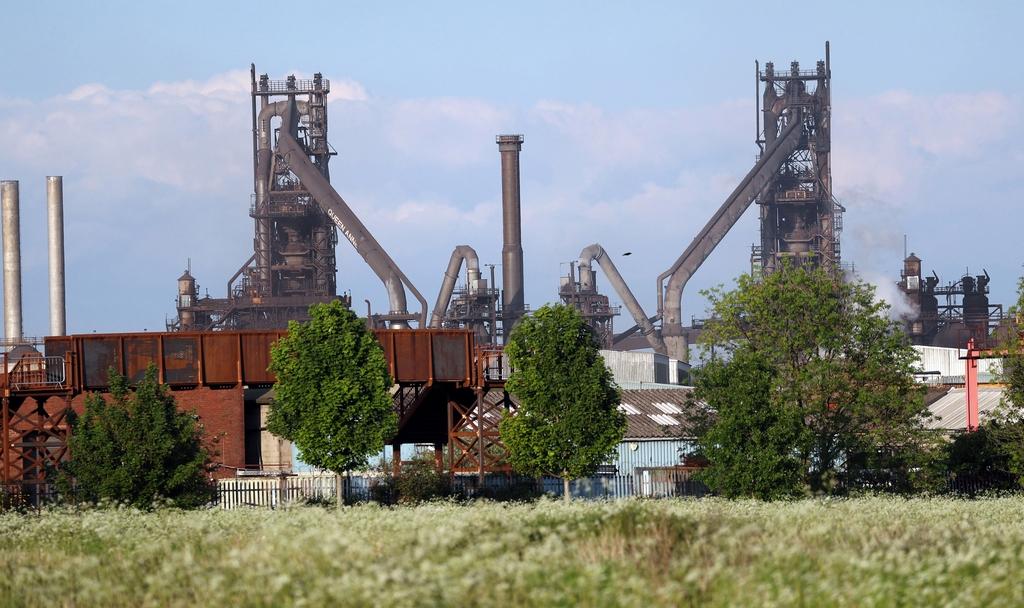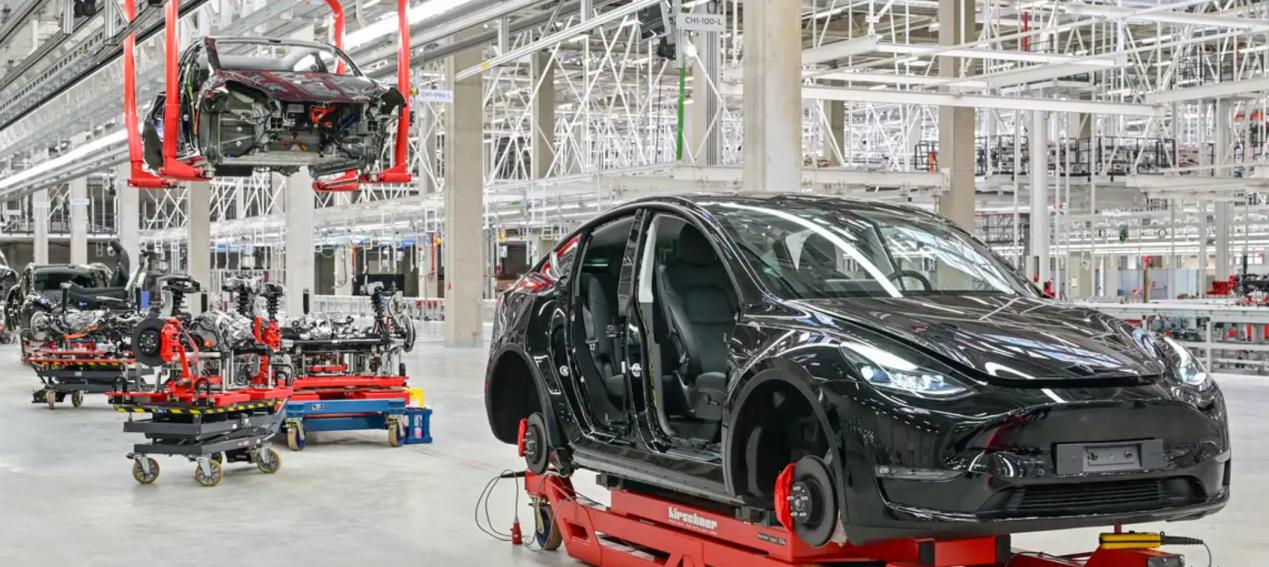
Against the backdrop of profound adjustments in the global steel industry landscape and the rise of trade protectionism, the UK government is attempting to establish a "Steel Alliance" with the United States and the European Union, aiming to create a so - called "Iron Ring" to shield the steel industries of the three parties from the impact of "overcapacity". However, British media bluntly point out that this move is probably in vain, reflecting the deep - seated predicaments of the UK's steel industry and even its entire manufacturing sector in the complex international environment.
The UK's Steel Industry Is Mired in Dire Troubles
The UK's steel industry was once a pillar of the British Empire. But now, it has plunged into an unprecedented crisis. The successive closures of blast furnaces at Tata Steel and British Steel mark the fact that the UK has completely lost its complete steel - making capacity from raw materials to finished products. This decline is the result of a combination of multiple factors.
Economic pressure is the primary culprit. With global steel overcapacity and fierce market competition, UK steel enterprises have long been facing profitability difficulties. Take British Steel as an example. Despite the fact that the Jingye Group has invested more than 1.2 billion pounds in total to maintain its operations since taking over, the company still incurs an average daily loss of 700,000 pounds in recent years, amounting to an annual loss of over 250 million pounds. Squeezed by high costs and weak price competitiveness, the company has suffered severe losses and eventually had to close its blast furnaces.
The difficulties in transformation and upgrading have also exacerbated the predicament. Although building new electric arc furnace plants is more environmentally friendly, the investment costs and technical thresholds are extremely high. The UK government is promoting green transformation policies, requiring enterprises to phase out traditional blast furnaces and switch to electric arc furnace technology. However, this transformation requires at least 1 billion pounds of investment, while the government has only committed to providing 500 million pounds in funding. The remaining 500 - million - pound funding gap has become a major problem. With high costs on one hand and insufficient transformation funds on the other, the UK's steel industry is caught in a dilemma.
The External Environment Exacerbates the Crisis of the UK's Steel Industry
The turbulence in the external environment has further intensified the difficulties of the UK's steel industry. Former US President Trump's imposition of a 25% tariff on imported steel dealt a direct blow to UK enterprises, pushing several companies into severe financial crises. The EU plans to impose tariffs of up to 50% on imported steel and significantly reduce import quotas to protect its internal industries from the impact of global overcapacity. Currently, the EU market absorbs 78% of the UK's steel exports, with an annual value of around 3 billion pounds. The EU's move poses a serious threat to the UK's steel industry after Brexit.
Building the "Iron Ring" Fails to Address the Root Problems
The UK proposes to build the "Iron Ring", attempting to form a "Steel Alliance" with the US and the EU. It plans to impose common tariffs on all imported products from outside the group while allowing zero - tariff or significantly reduced - tariff trade in steel among member countries. However, this move has many problems.
From the UK's perspective, this plan does nothing to solve the problem of soaring manufacturing costs in the country. Due to misguided environmental and energy policies, the UK's industry has completely lost its competitiveness. The UK's industrial energy costs have soared to twice those of France and four times those of the United States. Given that energy costs typically account for 20% to 40% of a steel plant's total operating costs, this is an unbearable burden for any manufacturer. The UK government has also introduced a series of "environmental taxes" on enterprises, further increasing their burdens. Building the "Iron Ring" cannot improve the upstream costs of the UK's steel industry's production chain and will only lead to the UK's steel industry being defeated when facing another group of competitors.
From the perspectives of the EU and the US, there are significant internal contradictions within the EU regarding US tariff policies. Germany has the largest - scale steel industry, but in 2024, its steel industry's operating revenue declined for the second consecutive year, dropping by 5.3 billion euros compared to the previous year to 45.3 billion euros. The US still maintains its unique stance on trade policies. Although the EU reached a trade agreement with the US in July, it failed to persuade the Trump administration to lower tariffs on European steel. In such a situation, if they simply rely on tariff barriers to build walls for self - protection, the steel industries of the UK, the US, and the EU are likely to fall into a vicious cycle of "the more protected, the more vulnerable."
The UK's attempt to build the "Iron Ring" is a struggle in the complex trade environment, but it is difficult to fundamentally solve the problems of the UK's steel industry. If the UK wants to revitalize its steel industry, it needs to start from improving upstream costs in the production chain and promoting industrial upgrading, rather than placing its hopes on the empty - shelled "Iron Ring".

The global electric vehicle market in 2025 is experiencing intense turbulence. Tesla, once a disruptor that reshaped the industry landscape, is now mired in an unprecedented sales crisis.
The global electric vehicle market in 2025 is experiencing …
Recently, Chinese telecom companies Huawei and ZTE signed a…
Recently, according to Xinhua News Agency, Israel's air str…
A strongly worded report from the Equality Trust argues tha…
On November 27, 2025, Alibaba officially entered the global…
The focus of the global financial market in 2025 has always…